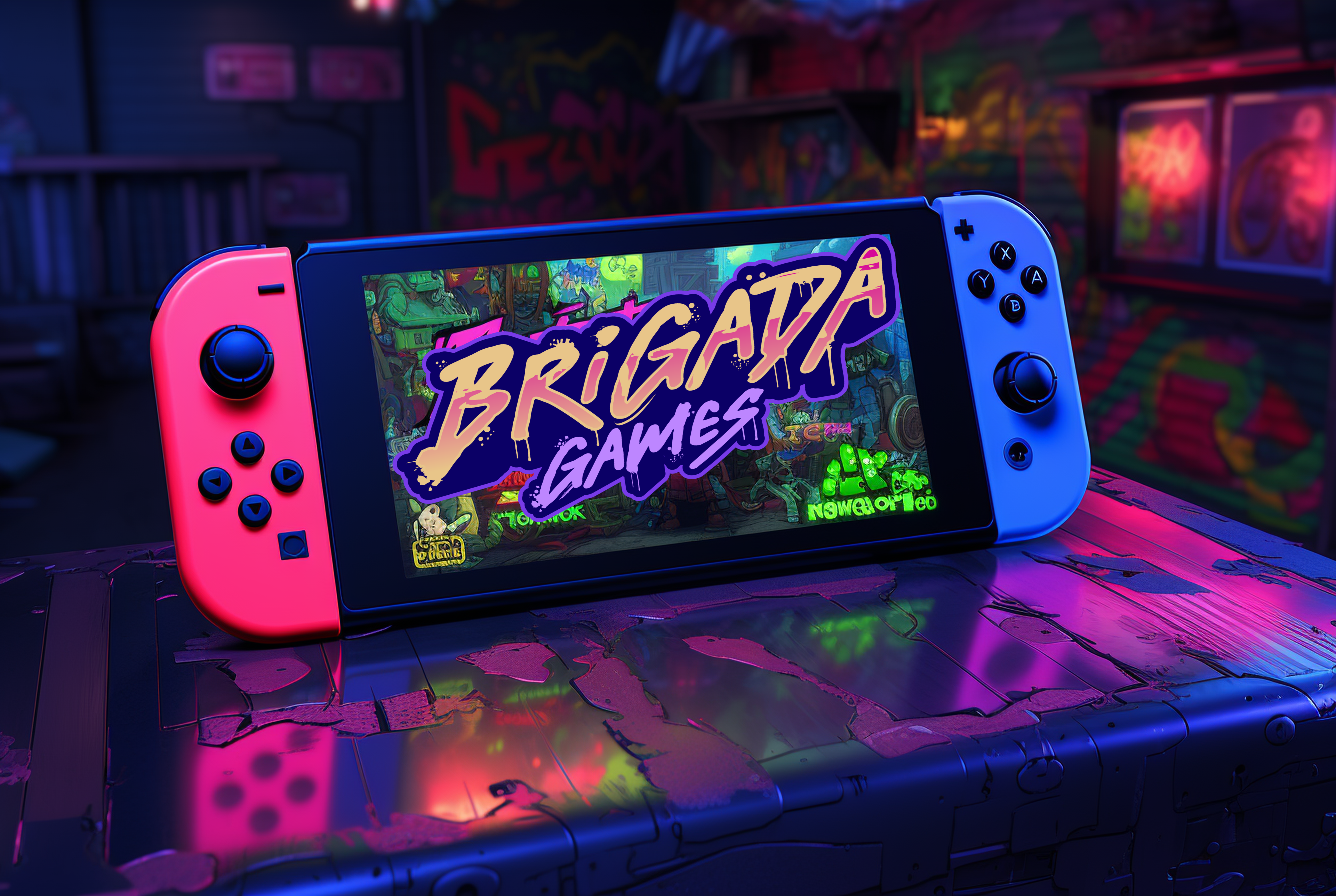Check out how we reduced 1-10 ms on the GPU or a 1-30% decrease in DR. Also we reduced 1-3 ms on the Game Thread and build package size by 50 MB. These enhancements are a result of the substantial variability between Cascade Systems in the project.
Case: Brigada Games ported the game, which was originally developed for PC/Console to Switch. This allowed a developer and a publisher to access a new audience for their game.
The optimization was specifically done for the PC port on the Switch.
The main objective of optimization was to reduce GPU processing time by redesigning Particle Systems and VFX materials.
The technical limitations and difficulties involved striking a balance between achieving high visual quality and maintaining optimal performance.
Additionally, there was a need to find alternative solutions for materials that would not function on the Switch due to deactivated rendering features.
We utilized tools and technologies for analyzing the gameplay of the Stat Unit stat GPU and the Shader Complexity mode on the editor.
At the game architecture and engine level, we have incorporated optimization techniques. One approach is utilizing the Detail mode to disable specific emitters. Additionally, we have implemented a strategy to lower the spawn count while simultaneously adjusting the size, opacity, or color to maintain equilibrium.
We employed optimization techniques to efficiently handle memory and game resources. We reduced the usage of emitters not only during gameplay, but also during the build stage through modifications in the custom build process in order to minimize the final package size. Moreover, we simplified shaders by altering material blend modes and shading models, thereby reducing their complexity.
To evaluate the success of the optimizations we carried out, we looked at two main metrics: Indicators of the Stat Unit GPU in the gameplay and Render Doc draw calls timings.
Our optimization efforts resulted in an improved gaming experience for players. Combat performance has significantly improved, particularly when utilizing skills, abilities, or weapons.
To test and debug the optimization, we asked our QA team to provide videos of repeatable gameplay and Stat Memory. We also looked into the RenDoc capture to verify any timings.
Extensive efforts were made to bake the old animations into textures, utilizing both the VAT system and direct broadcasting of the resulting animations to the player's screen. Another crucial aspect was ensuring the alignment of the resulting images/VAT with their actual positions on the game map and their visual appearance.
Case: Brigada Games ported the game, which was originally developed for PC/Console to Switch. This allowed a developer and a publisher to access a new audience for their game.
The optimization was specifically done for the PC port on the Switch.
The main objective of optimization was to reduce GPU processing time by redesigning Particle Systems and VFX materials.
The technical limitations and difficulties involved striking a balance between achieving high visual quality and maintaining optimal performance.
Additionally, there was a need to find alternative solutions for materials that would not function on the Switch due to deactivated rendering features.
We utilized tools and technologies for analyzing the gameplay of the Stat Unit stat GPU and the Shader Complexity mode on the editor.
At the game architecture and engine level, we have incorporated optimization techniques. One approach is utilizing the Detail mode to disable specific emitters. Additionally, we have implemented a strategy to lower the spawn count while simultaneously adjusting the size, opacity, or color to maintain equilibrium.
We employed optimization techniques to efficiently handle memory and game resources. We reduced the usage of emitters not only during gameplay, but also during the build stage through modifications in the custom build process in order to minimize the final package size. Moreover, we simplified shaders by altering material blend modes and shading models, thereby reducing their complexity.
To evaluate the success of the optimizations we carried out, we looked at two main metrics: Indicators of the Stat Unit GPU in the gameplay and Render Doc draw calls timings.
Our optimization efforts resulted in an improved gaming experience for players. Combat performance has significantly improved, particularly when utilizing skills, abilities, or weapons.
To test and debug the optimization, we asked our QA team to provide videos of repeatable gameplay and Stat Memory. We also looked into the RenDoc capture to verify any timings.
Extensive efforts were made to bake the old animations into textures, utilizing both the VAT system and direct broadcasting of the resulting animations to the player's screen. Another crucial aspect was ensuring the alignment of the resulting images/VAT with their actual positions on the game map and their visual appearance.
